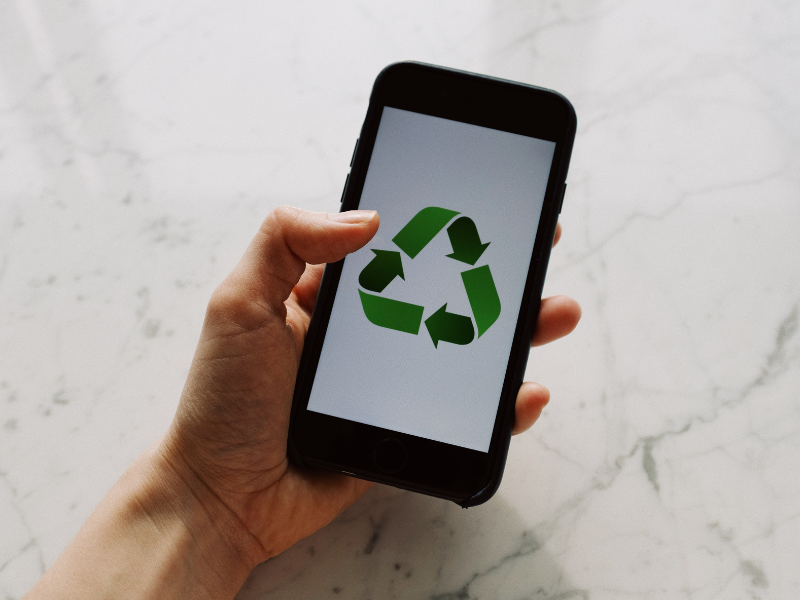Currently, more than 4 billion people are actively using the internet, a number that is growing steadily as the world’s population increases. Every online process consumes large amounts of energy in data centers, telecom networks, and user devices. If we consider the internet as a country, it would be the 4th largest emitter in the world.
According to the Website Carbon Calculator, an average website produces 1.76g of carbon dioxide for every page view. This means that a site with 100,000 page views per month emits around 2,112 kg of carbon dioxide per year, which is comparable to the emissions of an average petrol car over nearly 9,000 kilometers.
So, the sector is a major contributor to climate change, but it is also a driver of efficiency and productivity and a huge driver of decarbonization in other sectors.
How to go greener online?
The most important is greening data centers, which account for around 1% of global electricity use worldwide. In recent years, we’ve heard increasingly ambitious climate pledges from nations and corporations, which might lead you to believe that we’re on a paved road to avoiding climate catastrophe. The majority of Western companies have set a net zero emissions target for 2030 or even 2050. However, while the regulations affecting nations are clear and transparent, the market for carbon credits bought by companies is much more problematic.
Here are some good examples of brands that are already working with renewable energy:
- Apple
- Apple for example, has a goal to make its entire supply chain and product portfolio carbon-neutral by 2030.
- Microsoft
What can we do as consumers?
By taking the time to set up our devices, we can save energy, carbon dioxide, and, not least, money. Our electrical devices consume electricity even when they are switched off but powered on.
- Our computers also consume power when they are in “sleep” mode, so it’s a good idea to switch them off completely if we are away for more than 2 hours.
- If you also conserve brightness, you can save up to 20 percent of the power your monitor uses.
The spam-fighting service Cleanfox estimates that the average user receives 2,850 unsolicited emails a year due to subscriptions, which is responsible for 28.5 kg of carbon dioxide. It is therefore worth avoiding newsletters.
According to the BBC, watching an hour of Netflix in Europe emits about 55g of carbon dioxide, about the same as microwaving four bags of popcorn.
3. To avoid this, it’s a good idea to turn off the autoplay option and close any video browsing windows you’re not using.
We hope these few useful tips will help you think about how to make your internet use greener.
Sources and references:
https://www.bbc.com/future/article/20200305-why-your-internet-habits-are-not-as-clean-as-you-think




